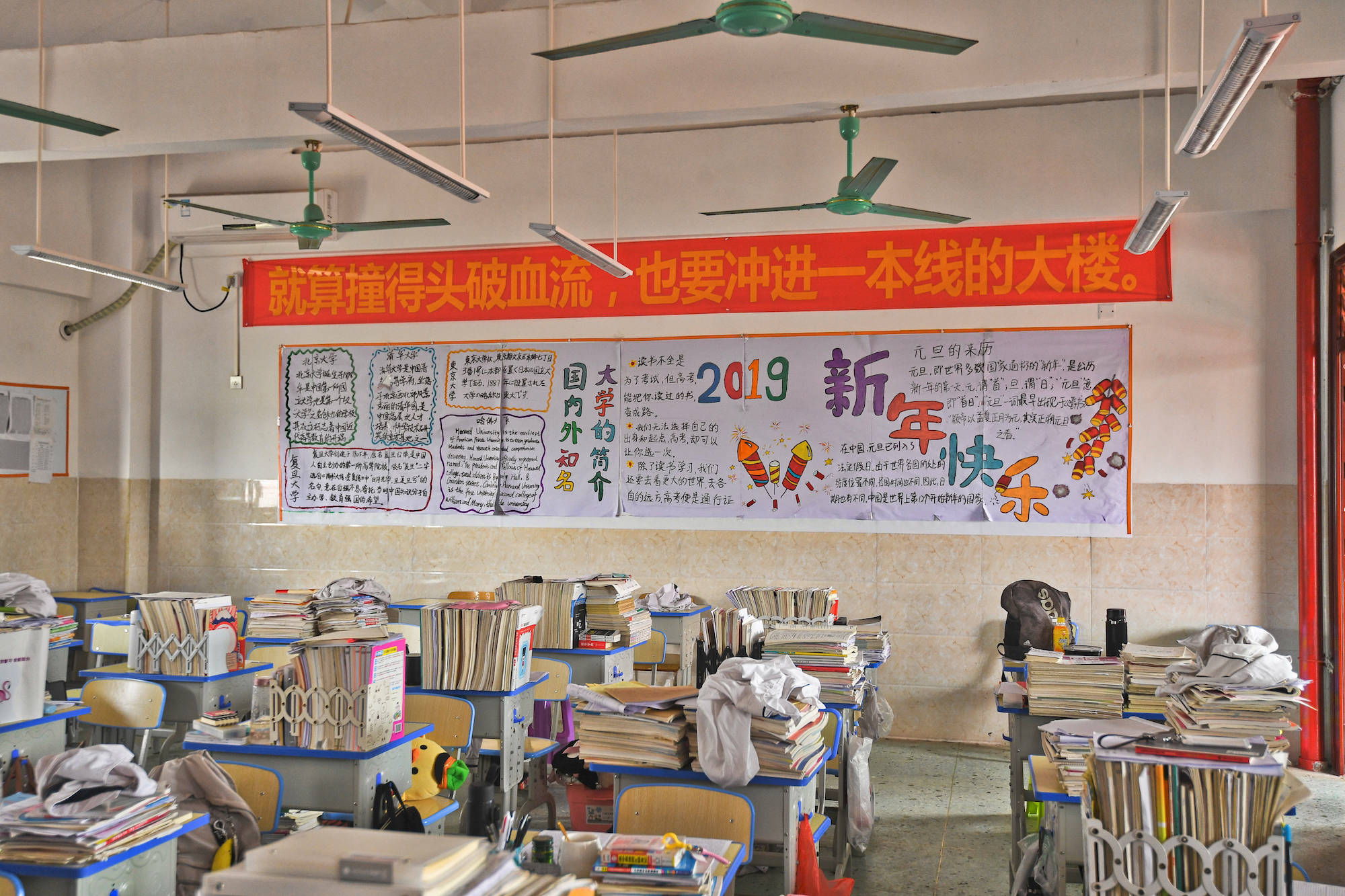China’s government has given location-tracking watches to 17,000 children

The smart watches use chips developed and designed by BeiDou, a Chinese satellite navigation system, to pinpoint a child’s position within 10 meters.
The news: Seventeen thousand students at 60 elementary schools in Guangzhou received fancy new gadgets for their wrists last week, according to the Guangzhou Daily (link in Chinese). Called “Safe Campus Smartwatches,” the wearables send the children’s locations in real time to their respective parents’ smartphones, and allow them to make a call in the case of an emergency.
The local government says it is part of an initiative to help parents keep their kids safe. Participation is voluntary, and so far 8,000 students have registered their watches and brought them online. The project soon plans to issue more than 30,000 in total, as well as a similar “safety bracelet” for the elderly.
The tech: The watches are equipped with a positioning chip, developed by BeiDou Navigation Satellite System, China’s GPS equivalent. It also includes an indoor positioning system module and is compatible with GPS. The company says it can pinpoint a wearer’s position within 10 meters.
Ulterior motive? This is likely just the beginning. The project is one of the first large-scale demonstrations of BeiDou’s tracking capabilities, and Guangzhou Daily’s report heavily emphasized the chip’s domestic development and production. It seems the company could have ambitions to offer its location-tracking services more widely in the future.
This comes amid China’s rapidly growing efforts to ramp up surveillance capabilities with face recognition, mobile data collection, and other technologies. Satellite-enabled tracking would add yet another, even more precise, layer of scrutiny.
Deep Dive
Policy
Is there anything more fascinating than a hidden world?
Some hidden worlds--whether in space, deep in the ocean, or in the form of waves or microbes--remain stubbornly unseen. Here's how technology is being used to reveal them.
What Luddites can teach us about resisting an automated future
Opposing technology isn’t antithetical to progress.
Africa’s push to regulate AI starts now
AI is expanding across the continent and new policies are taking shape. But poor digital infrastructure and regulatory bottlenecks could slow adoption.
A brief, weird history of brainwashing
L. Ron Hubbard, Operation Midnight Climax, and stochastic terrorism—the race for mind control changed America forever.
Stay connected
Get the latest updates from
MIT Technology Review
Discover special offers, top stories, upcoming events, and more.